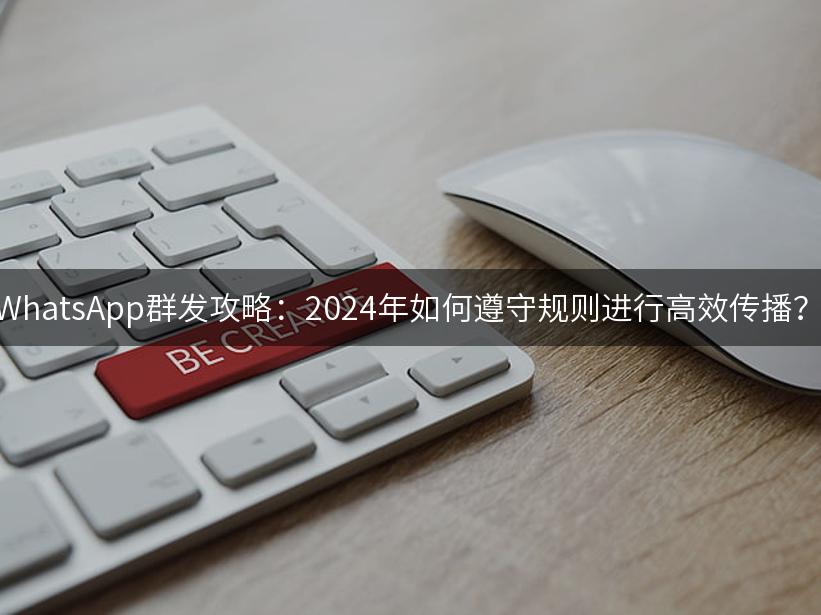
In 2024, as an instant messaging tool that has captivated billions around the globe, WhatsApp continues to serve as a powerful conduit for information distribution. The ability to send messages to a wide audience swiftly makes it a go-to platform for marketing and communication. However, group messaging on WhatsApp comes with its own set of rules that users must adhere to ensure the efficiency and legality of their communication activities. Understanding and leveraging these regulations can significantly improve message delivery success rates.
Adhering to WhatsApp's Group Messaging Guidelines
WhatsApp's policies are designed to protect its users from spam and unauthorized messaging. As a result, it imposes limitations on how many messages can be sent and how often. To comply with these rules, businesses and individuals should focus on the quality of their contacts, ensuring each member has opted in to receive messages. Clear communication regarding the nature and frequency of messages can prevent misunderstandings and reduce the risk of being reported and blocked.
Gathering Contacts with User Consent
One of the critical aspects of a successful WhatsApp group campaign is constructing a recipient list based on user permission. Transparently acquiring contact information and consent can be achieved through various methods such as online forms, customer inquiries, or during sales conversations. Once consent is obtained, the contact can be added to the group, ensuring that communication is welcomed and expected by the recipients.
Crafting Engaging and Relevant Content
The content of your messages should be engaging, value-adding, and relevant to your audience. Tailoring content to meet the specific interests of group members can increase engagement rates and minimize the risk of contacts leaving the group or marking messages as spam. Visuals and succinct, clear messaging can enhance the readability and impact of the content.
Using Automation Wisely
While WhatsApp allows for automation to some extent, it's crucial to use it wisely. Automated messages should provide real value and not overwhelm users with excessive or irrelevant content. It's advisable to use automation for initial greetings, frequently asked questions, and other standardized communications, while balancing it with personalized, human interaction.
Evolving with WhatsApp's Updates and User Preferences
As WhatsApp continues to update its platform, staying abreast of new features and regulations is essential. This includes understanding any changes to group messaging rules, which may impact your communication strategy. Regularly reviewing and adapting to these updates ensures continued compliance and maximizes the effectiveness of your messaging campaigns.
Measuring and Optimizing Campaign Performance
Monitoring the performance of your WhatsApp group messaging campaign is vital. Data analysis concerning message open rates, engagement, and user feedback can provide insights into what works and what doesn't. Based on these findings, campaign elements such as message frequency, content type, and the timing of send-outs can be optimized for better results.
Conclusion
In summary, mastering WhatsApp's group messaging requires a deep understanding of its rules, a focus on consent-based contact accumulation, and the creation of engaging content that resonates with the audience. By staying current with platform updates and regularly assessing campaign performance, one can navigate the nuances of WhatsApp's group messaging effectively in 2024.
